Prototyping & Best Practices for Success
- Tips & Tricks,
- 6 minutes to read
Prototyping is an excellent way of bringing product designs to life at every phase of the design process. Here’s how to prototype products for success.
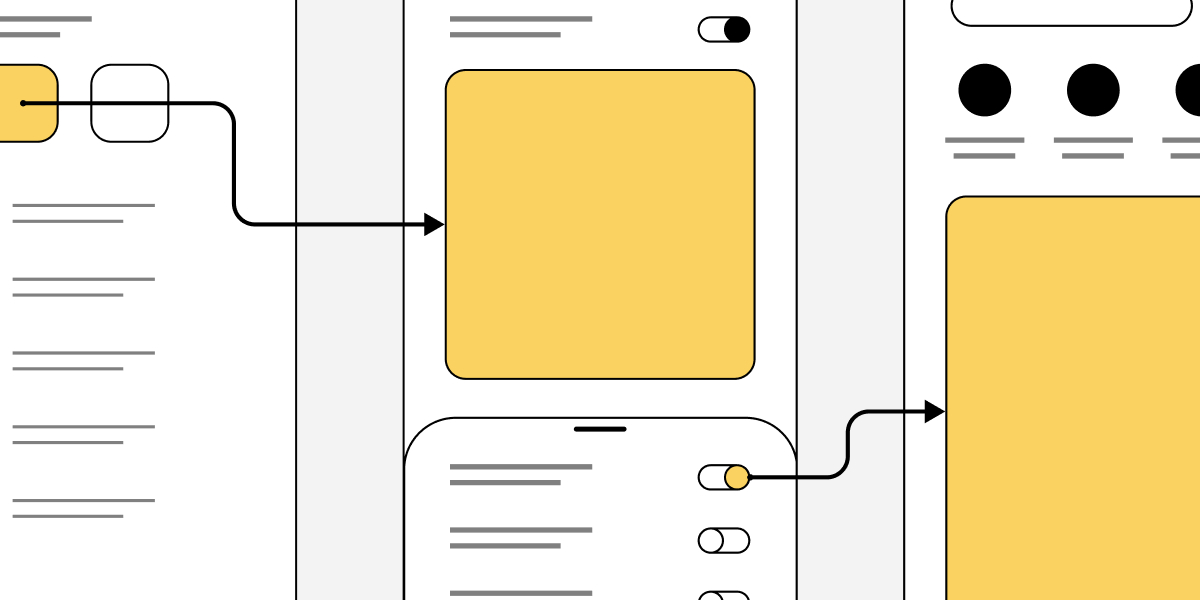
Product design is tricky. It’s not always easy to translate an idea into a working model. Most designers get different levels of feedback from stakeholders when demonstrating how their products work in real-world situations. And the feedback isn’t always what’s expected. Having an idea and seeing it come to life doesn’t always align with expectations.
Many designers find that showing static design mockups and basic user flows and explaining every interaction detail of a design improves stakeholder engagement. In a nutshell, it gives stakeholders and clients more of an idea of how a design works in reality.
Visualizing designs isn’t easy. Especially when it comes to visualizing the results of a large project or a particularly complicated feature. Just like mockups, prototyping offers an excellent way to showcase this work in a way that allows audiences to understand exactly what your products entail. To see how they work, and how they will benefit your target markets.
Translating ideas and different levels of tasks into playable or animated prototypes can improve your communication, reduce associated costs, and give people an easy way to absorb the concepts provided. Building interactive prototypes can also enhance your skills as a designer, make your future designs more compelling and visually appealing, and equip you with valuable new abilities to further your UX design career.
Here are the basics of prototyping, and why it’s so important.
Understanding Prototyping in UX Design
Prototyping is a popular approach in the product development world that essentially simulates real products in use for testing and feedback. This approach empowers product teams and designers to quickly iterate on solutions based on feedback from customers and users.
Prototypes can be low-fidelity with simple functionalities and limited design details, or high-fidelity, fully interactive, polished, and based on real-world data. The prototypes you create should reflect your objectives, resources and time. The ultimate goal is to create simulations that validate your concepts to a wider audience.
The Benefits of Using Prototypes
There are many benefits to using prototypes in the UX design and product design fields. They include:
- Prototypes assist designers in aligning their work and strategies with those of their team
- They assist teams in validating ideas and identifying problems from real users in the earlier stages of a project before investing time and resources into a non-viable development path
- They bring designers rapid feedback from customers, peers, and teams that can streamline the design process
- They help designers to more easily demonstrate ideas and explain the complex interactions between features in an easily comprehensible way
- They assist designers to consider small interaction details and come up with workable solutions that work for their target markets
- They help audiences to imagine how the new product, app or experience works in a real-world setting.
There are definitely a few drawbacks to creating prototypes. But they are minor when compared to the benefits. Building a prototype may sometimes be time-consuming. Plus, it may require the use of specialized tools, especially if you are working with a large project scope.
However, the time it takes to create a prototype is still time well spent. Prototyping is an effective and affordable way to find solutions to project problems. It also helps to avoid potentially costly mistakes like becoming too complicated too early on or sticking with weak ideas longer than you should.
The Importance of Prototyping for Designers
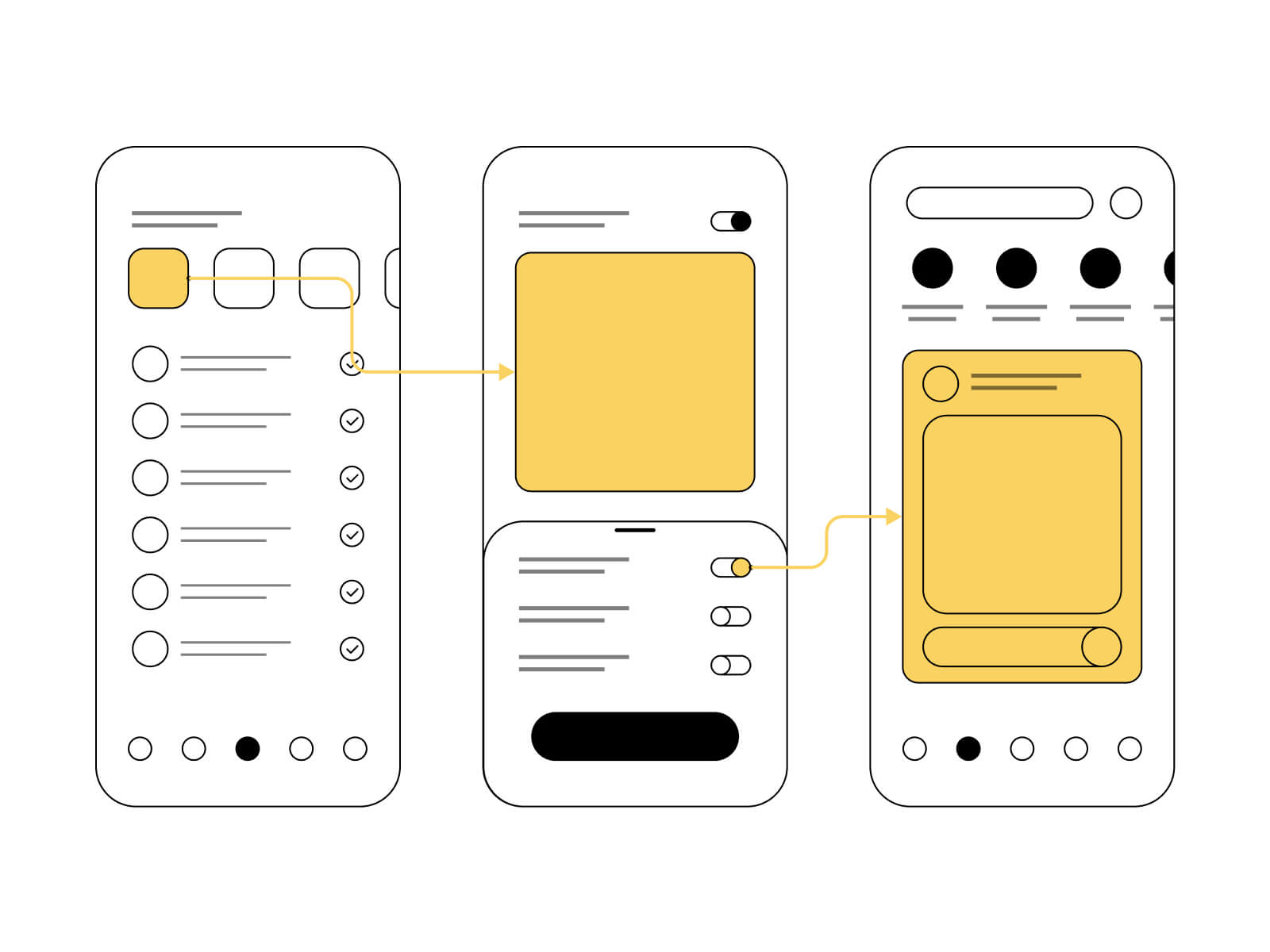
If you design experiences for users, it’s essential that you know what the experience will look and feel like yourself. By building a prototype, you’ll delve deep into processing every design aspect, while discovering potential usability problems and improving your product as you work.
It’s important to remember that the human brain is very visual in nature. It isn’t always easy for people to visualize an app or product before they can see or use it. You may describe your product in enough detail to get people to understand your concept. But a prototype or a mockup will bring your concepts into the real world and make them significantly more persuasive to your target audience.
When to Build a Prototype
You can build a prototype during almost any phase in your design process, from early concept explorations to more solid designs. A good course of action is to create a mockup, then turn it into a working prototype. Most teams choose to build their prototypes during one of these phases for best results:
- The exploratory phase. Designers explore numerous different ideas in this project phase. This is the perfect time to use a low-fidelity prototype to gain feedback from your UX peers and intended users. This is a quick, affordable and reliable way to gain valuable feedback, which you can use to start refining your ideas.
- The decision-making phase. Your stakeholders, engineers, marketers, salespeople, and other members of your team all have different opinions and expectations of your ideas and designs. It’s tricky bringing everyone onto the same page. But using a prototype can help you improve your communications and make it easier for your entire time to make a unified decision.
- The execution phase. In most cases, engineers and designers will have vastly different expectations of interaction and overall product design. Prototypes can bridge this gap by demonstrating micro-interactions, page transitions, and ideal user behaviors.
- The validation phase. Prototypes are important for solving usability issues before the final product launches. Putting a prototype design in front of real users can help your team to validate their work and evaluate the viability of your overall design.
Ready To Make Prototyping Part Of Your Process?
Prototyping is an effective way of communicating visually with stakeholders, product users, and your team as a whole. All designers want their work to deliver the best experience when it’s eventually brought to life. Prototypes can bring concepts to life before final products are delivered to aid the design process in each one of its key phases.
The design process always boils down to a single, crucial goal: to create the best product and an excellent user experience.
Prototyping is one approach that you can use to better communicate your designs, features and intended uses, while minimizing usability issues and maximizing future profitability.
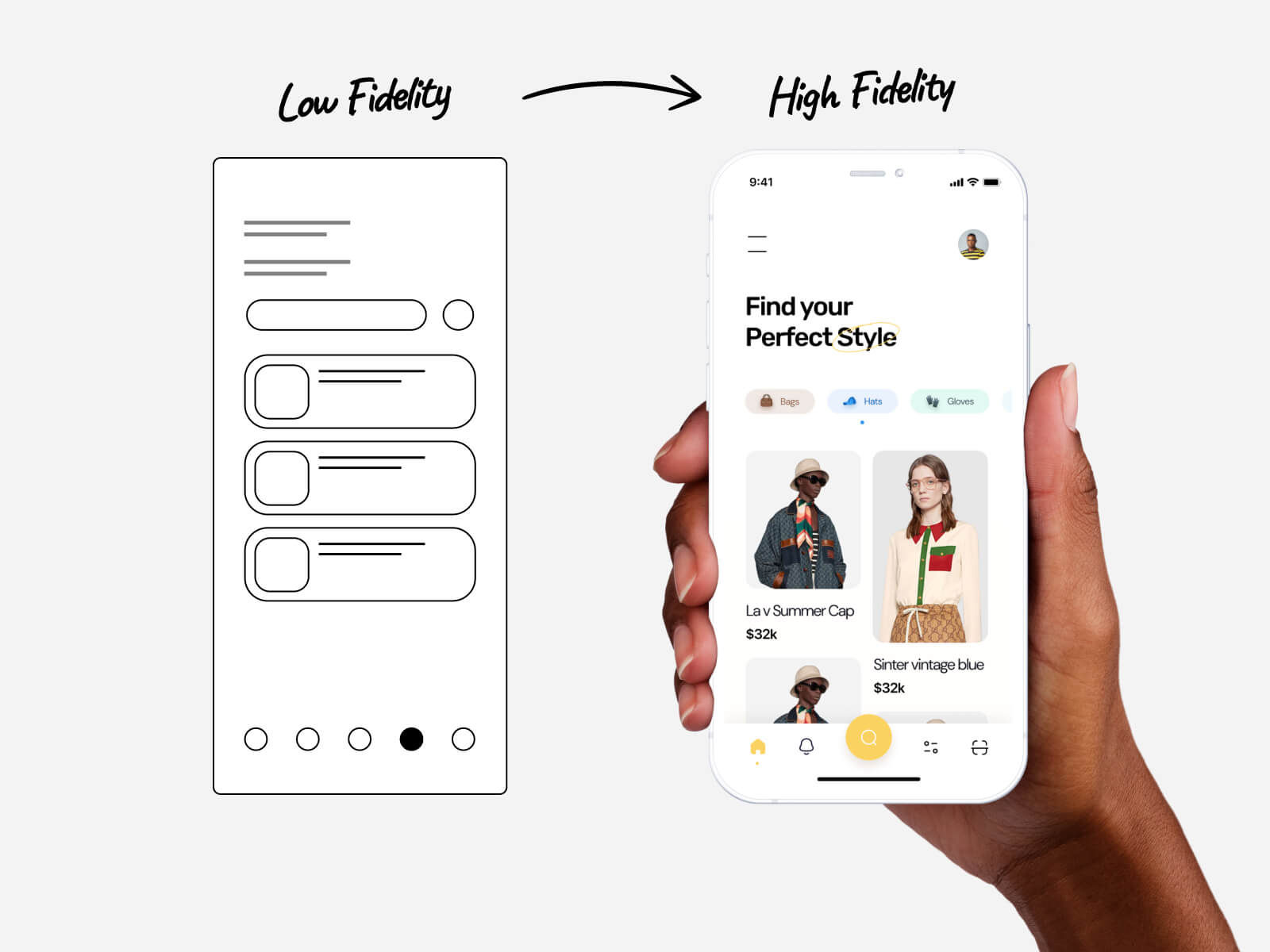
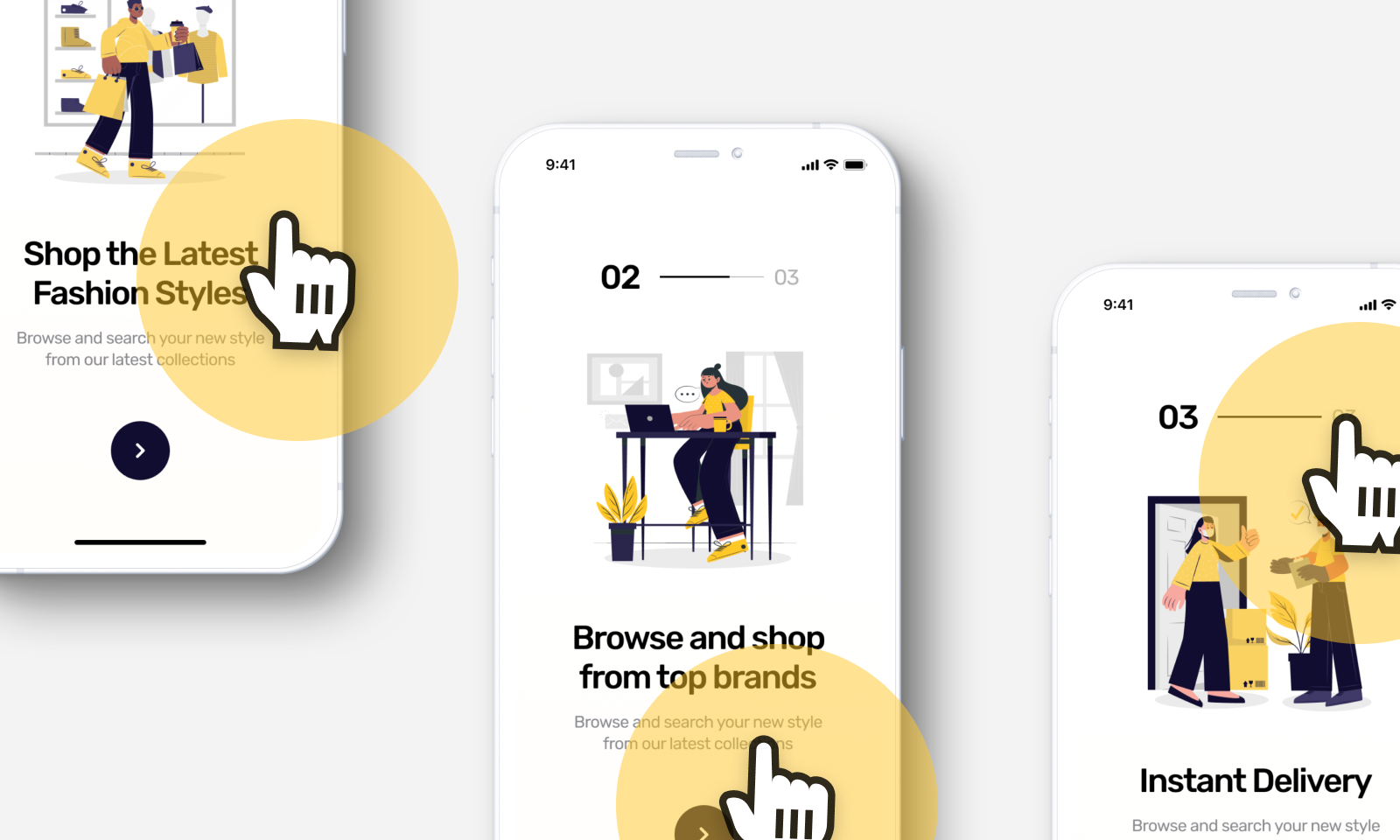
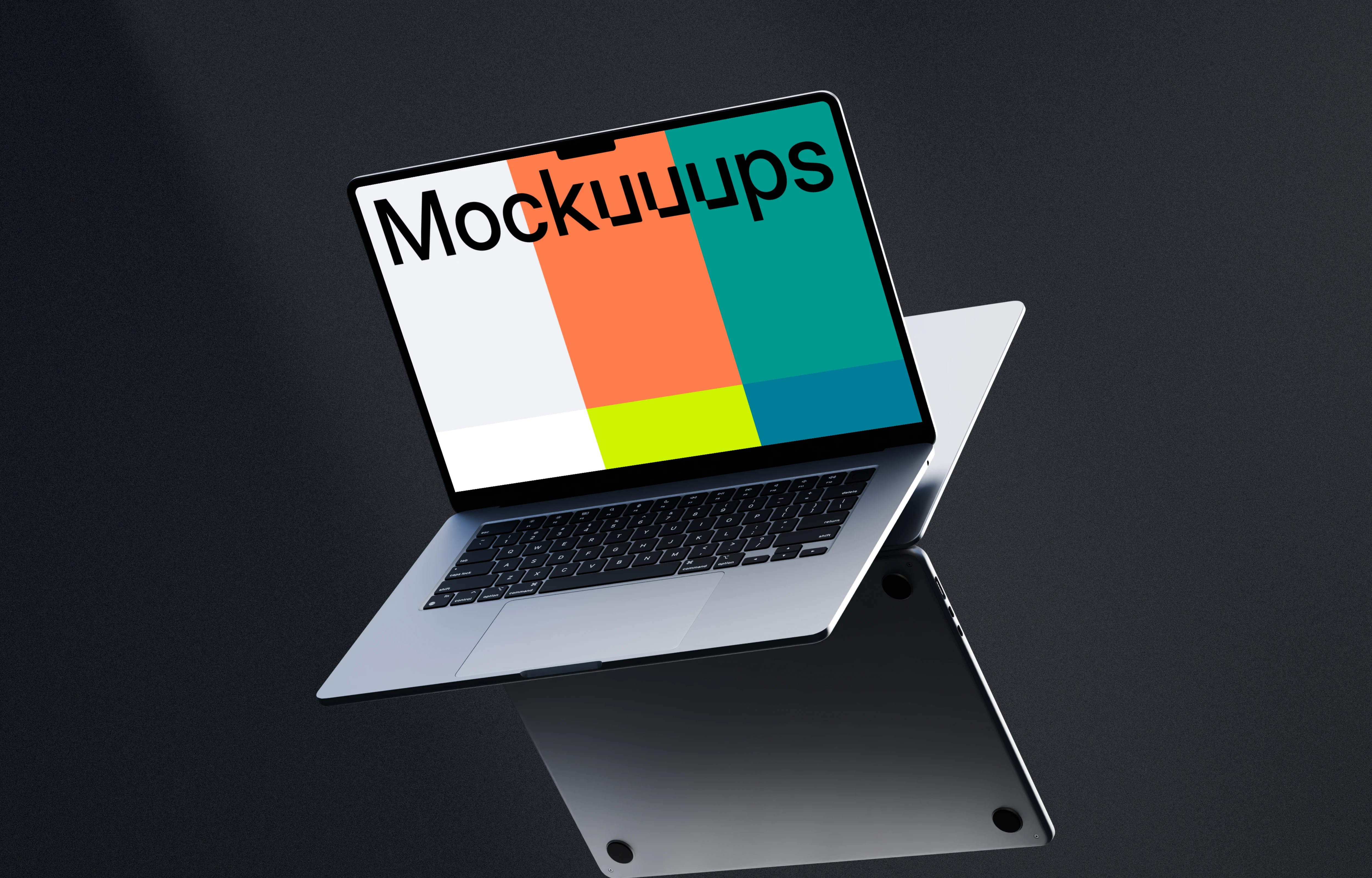
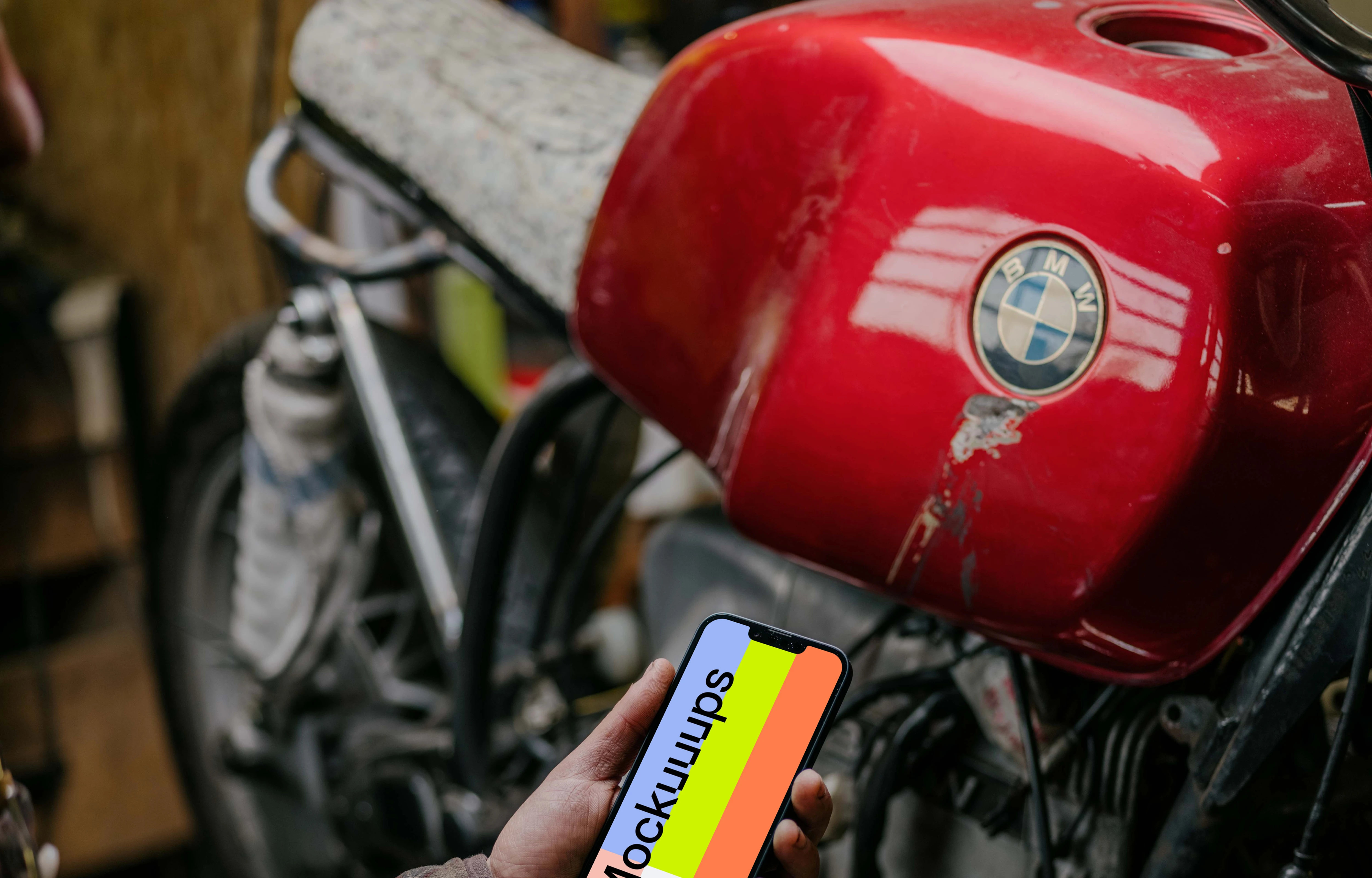
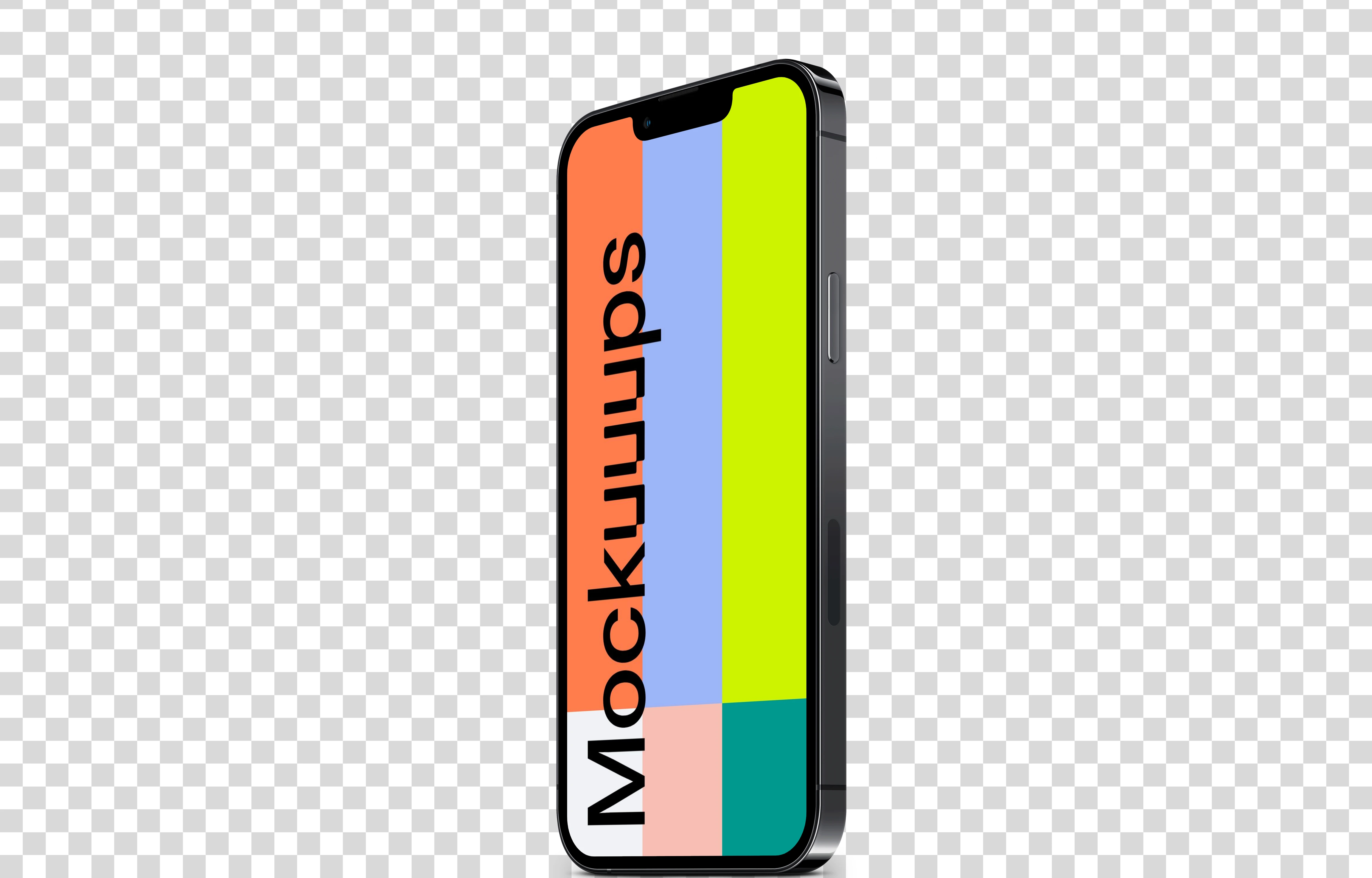
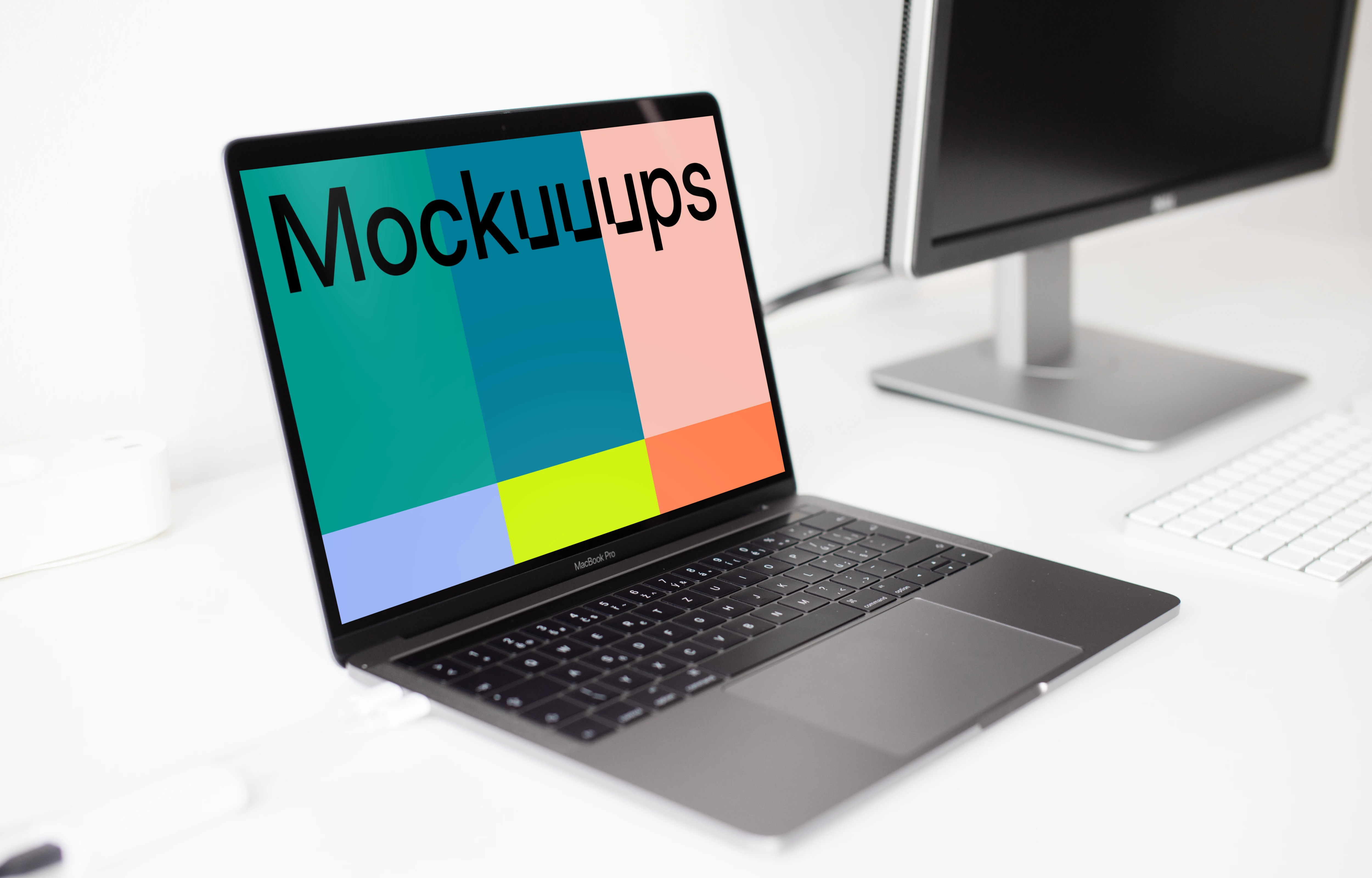
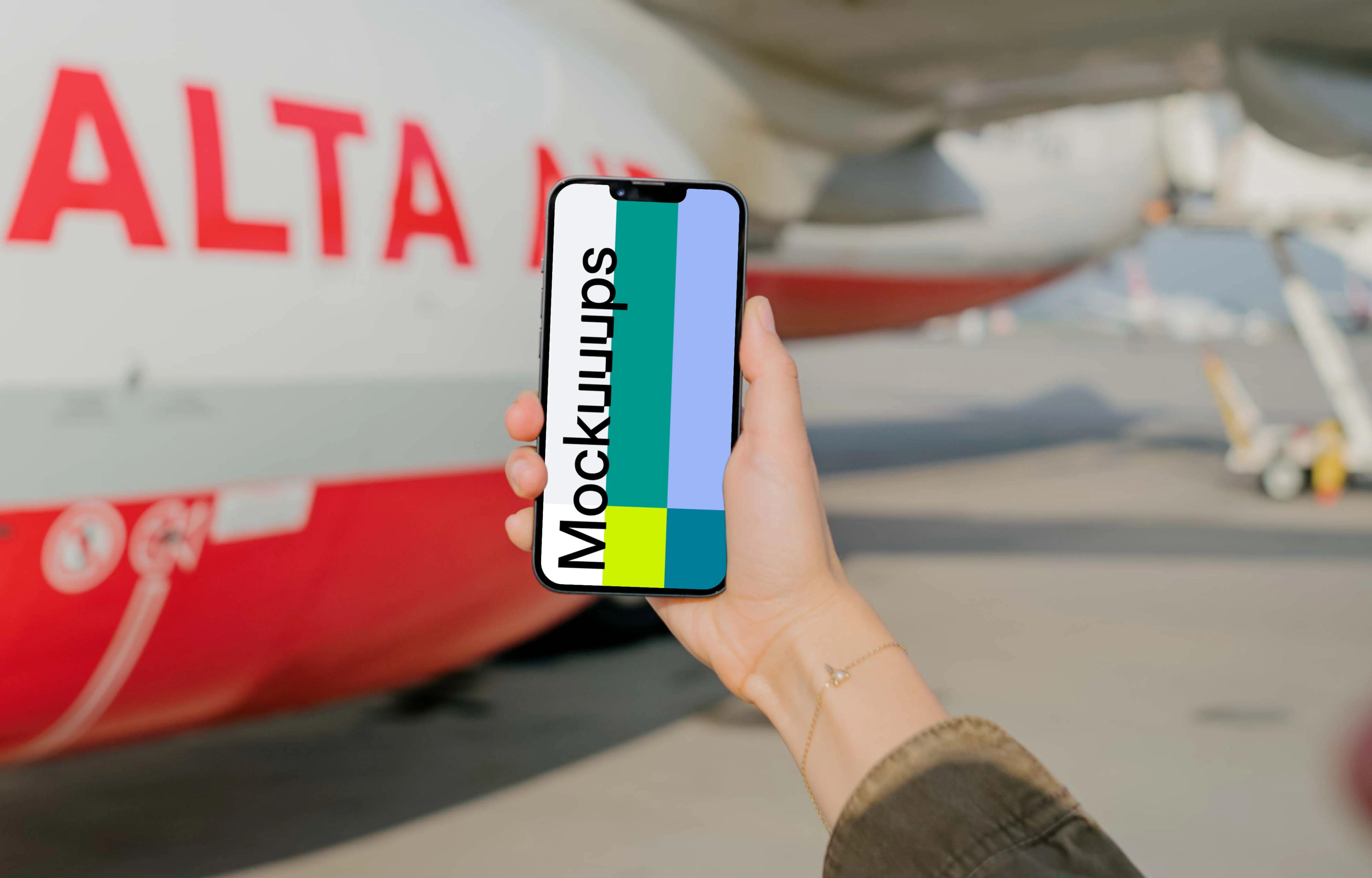

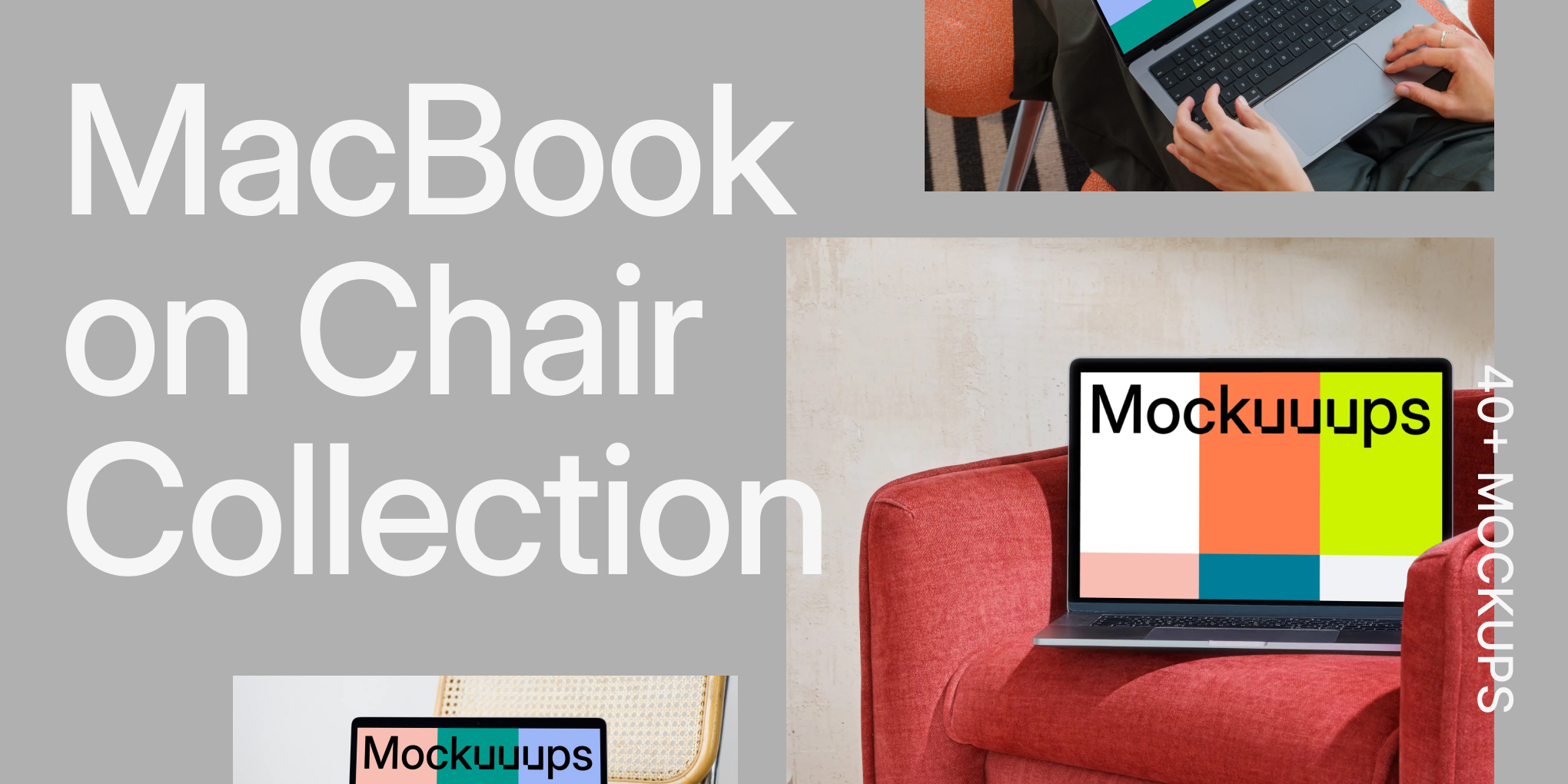
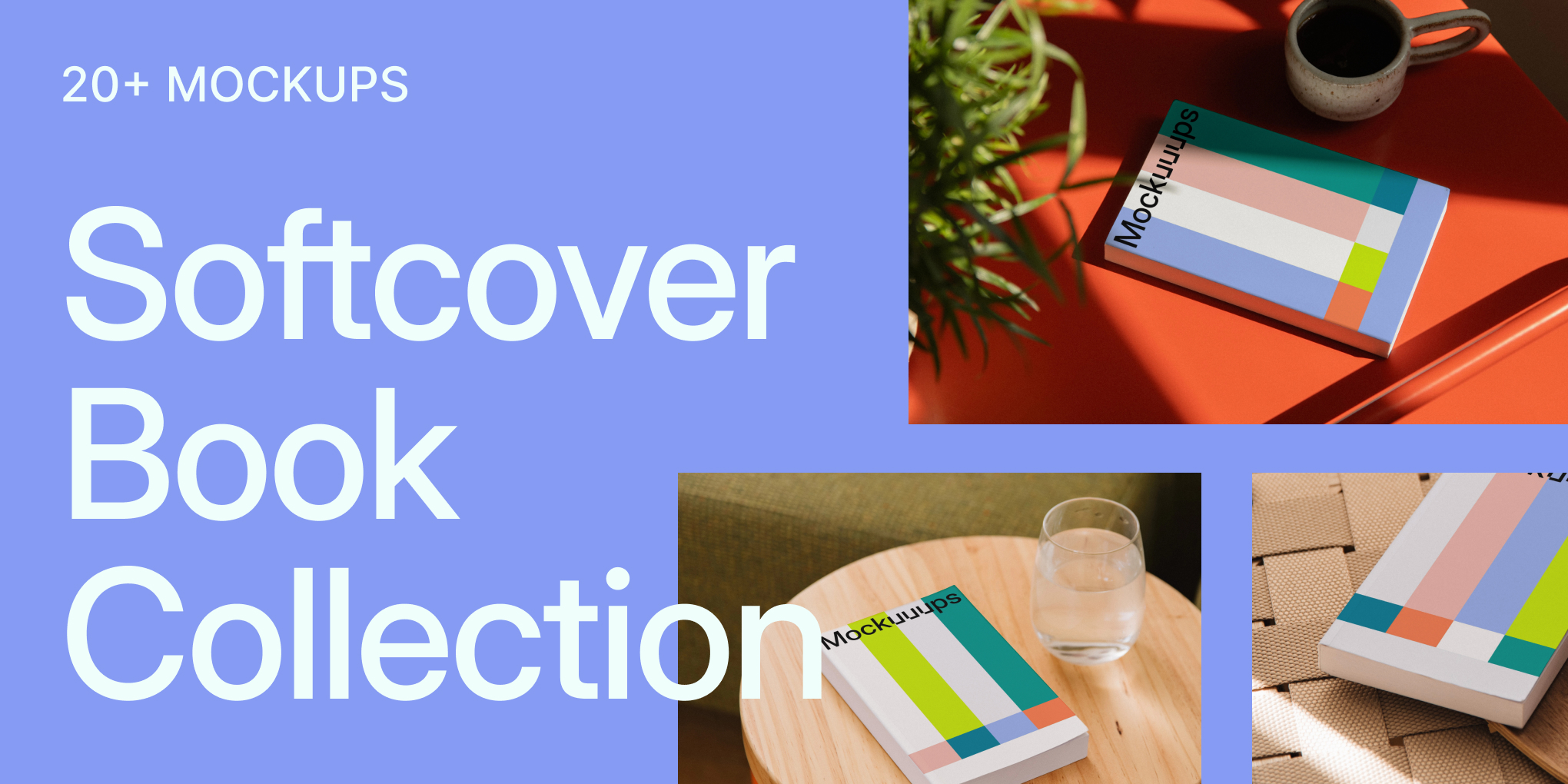
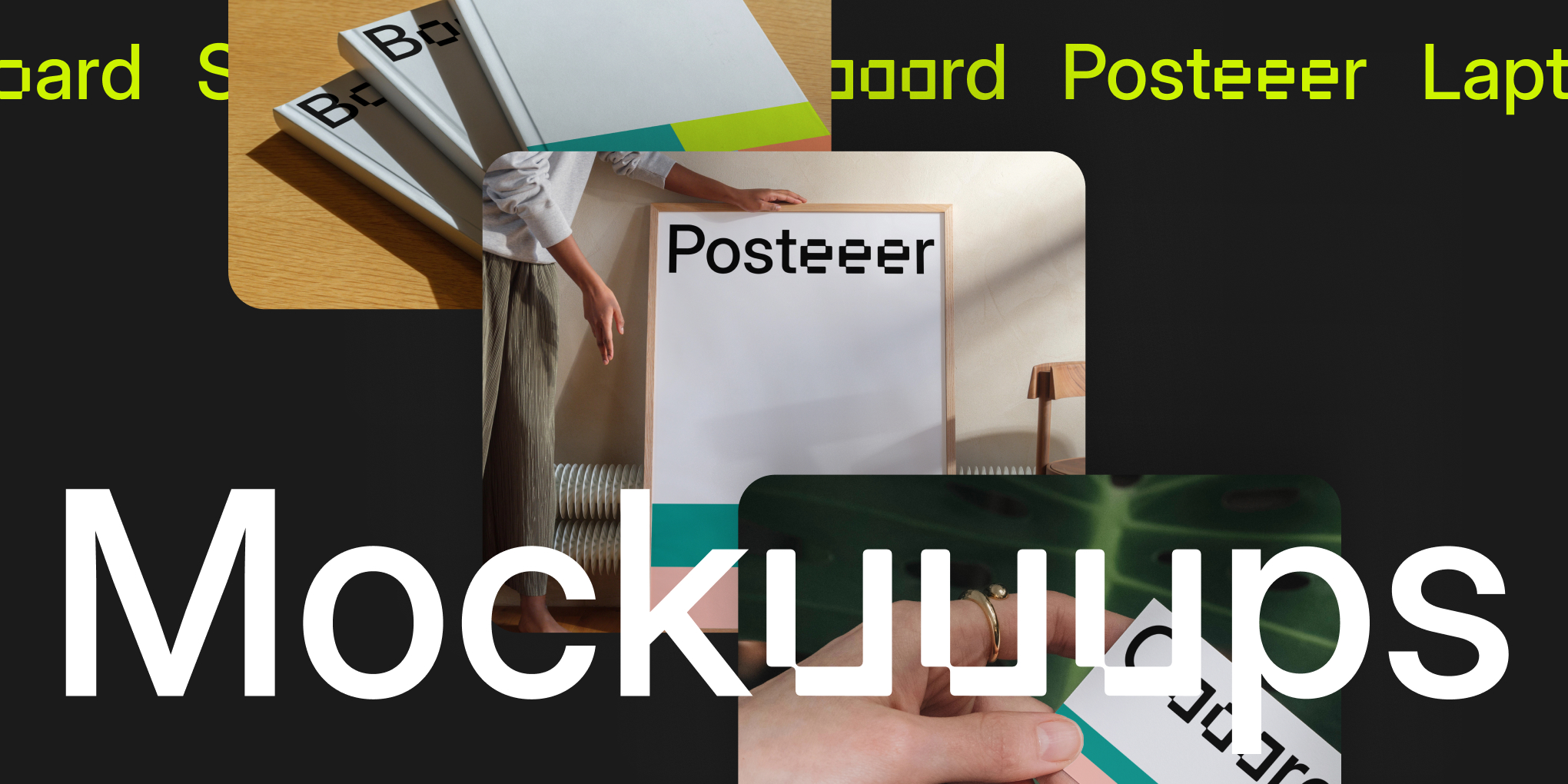
![10+ iPhone 17 and MacBook Mockups for Designers [2025]](https://assets.mockuuups.com/mo/image/upload/i7vw257c1pqpj6jjd9id)




